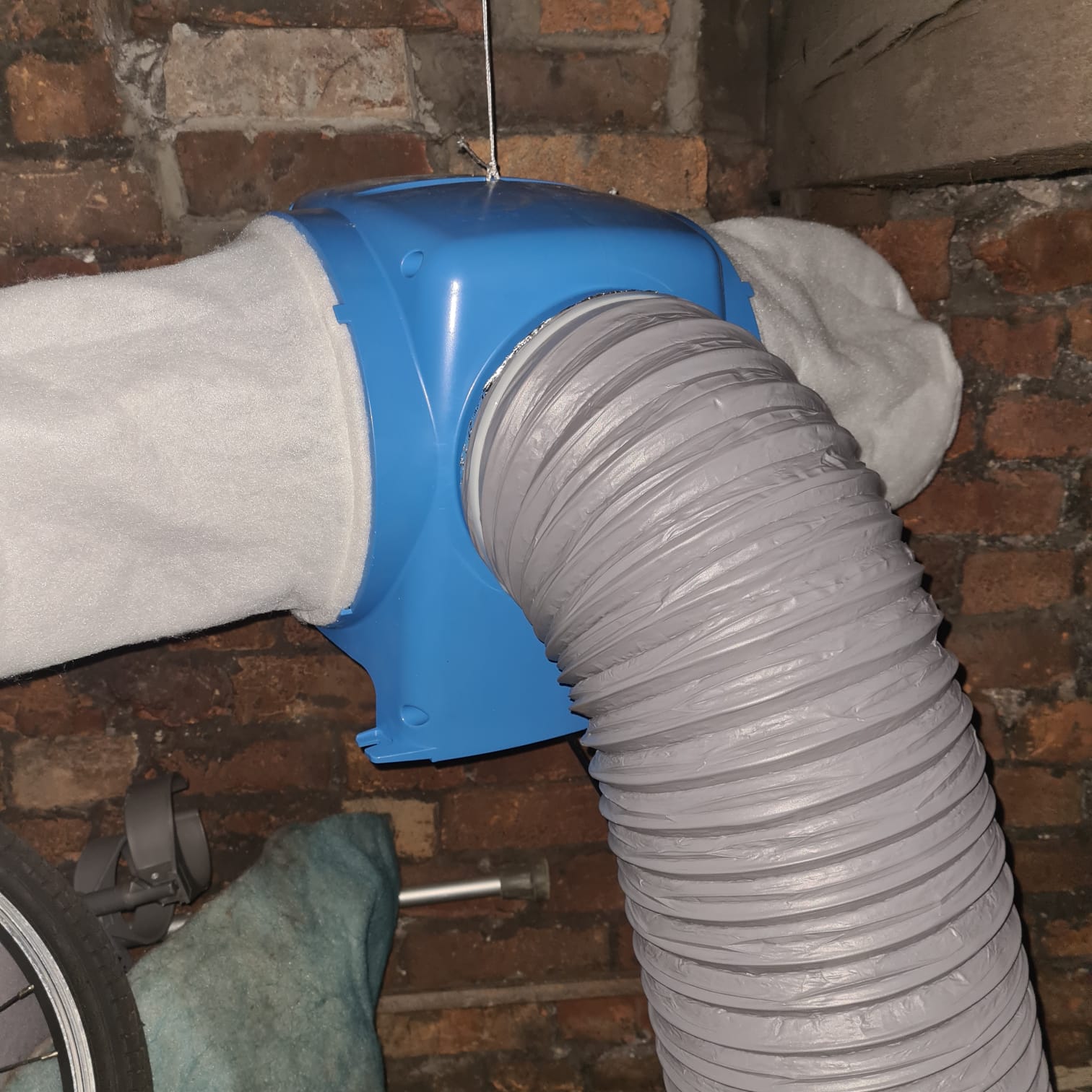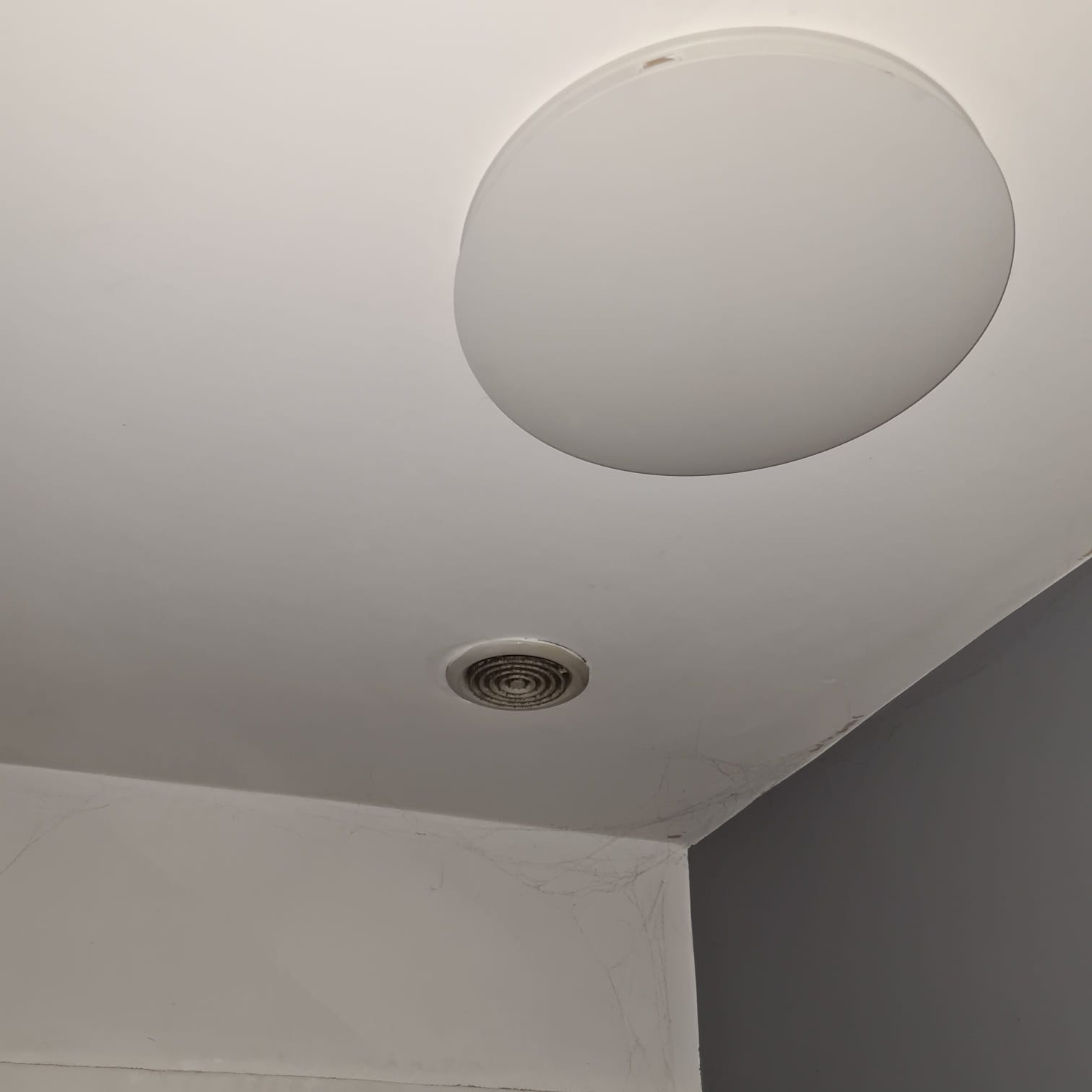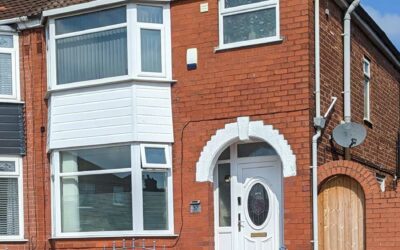This case study aims to explore how the implementation of an efficient ventilation system greatly improved the indoor air quality and overall comfort in a 1940s domestic property in Manchester.
The property in question is a 3 bedroom Semi-detached with 5 occupants. The ventilation system we installed was the Nuaire Drimaster Dri-Eco – Heat – HCS Positive input ventilation unit (PIV). This unit was installed to address persistent issues related to poor air quality, high humidity levels, and inadequate airflow, condensation, and mould growth.
Challenges:
Prior to implementing the new PIV system, the property faced several challenges which were negatively impacting the environment and occupant well-being. These challenges included:
1. Poor Air Quality: The occupants frequently reported stuffy air and increased incidence of allergies, headaches, and respiratory discomfort.
2. High Humidity: Excess humidity levels within the building led to mould growth on walls, ceilings, and ventilation ducts, creating an unhealthy environment.
3. Inadequate Air Circulation: Insufficient air circulation caused temperature imbalances, leading to discomfort in certain areas of the home.
solution:
To address these challenges, the homeowner decided to upgrade their existing ventilation, opting for a comprehensive solution that would enhance the indoor air quality.
The following measures were implemented: Installation of a Nuaire Drimaster Dri-Eco – Heat – HCS Positive input ventilation unit (PIV) to improve indoor air quality by efficiently exchanging stale indoor air with fresh outdoor air while maintaining a comfortable temperature.

Results:
1. Improved Air Quality: The installation of the PIV unit systems significantly enhanced indoor air quality, reducing the presence of allergens, pollutants, and unpleasant odours.
2. Mould Remediation: With better humidity control, mould growth was effectively eliminated, providing a healthier environment for the occupants, reducing the risk of respiratory issues.
3. Enhanced Comfort: The upgraded Positive input ventilation system ensured proper airflow throughout the building, reducing temperature imbalances, and providing a comfortable working environment for employees.

Conclusion:
The implementation of an efficient Positive ventilation system in your property successfully resolves the challenges related to poor air quality, high humidity, and inadequate air circulation.
This case study highlights the importance of prioritizing indoor air quality and the positive impact that a well-planned ventilation system can have on the overall comfort and well-being of occupants.





